Nematode Disease Complexes in Horticultural Crops
Plants are constantly exposed to numerous organisms, many of which are common components of the soil biosphere. It thus seems appropriate to consider interrelationships among such organisms and the ultimate effects of these complexes upon host plants. It is realistic to assume that because a host is infected by one pathogen its response to additional invaders will be altered. These alterations may have significant influence upon disease development within a particular host, epidemiology of all pathogens involved, and ultimately, on disease management. Plant parasitic nematodes are usually a part of the soil microfauna, and should be considered when disease complexes are studied.
Nematode interactions are important biological phenomena and of great significance in horticulture. It is a fascinating subject which is multidisciplinary by nature and concerns any scientist involved with plant health. Nature does not work with pure cultures and that many plant diseases are influenced by associated organisms. Different parasites on the same plant interact, which result in disease complexes and these interactions may lead to susceptibility by predisposition or resistance through preinduction of resistance against a particular parasite. Plant parasitic nematodes often play a major role in disease interactions. The fungus-nematode and the bacterium-nematode interactions are numerous and weakly parasitic fungal and bacterial parasites can cause considerable damage once they gain entry into plant roots in the presence of feeding nematodes. Some species of nematodes belonging to the families Longidoridae and Trichodoridae have a unique and important role as pathogens of plants, because they also transmit certain viruses to their host plants.
The information on interaction of nematodes with fungi, bacteria and viruses in causing disease complexes in horticultural crops (fruits, vegetables, plantation, spice, tuber, ornamental, medicinal and aromatic crops) is very much scattered. There is no book at present which comprehensively and exclusively deals with the above aspects on horticultural crops. The present book deals with in general and crop-wise in particular. The book is illustrated with excellent quality photographs enhancing the quality of publication. The book is written in lucid style, easy to understand language along with adoptable recommendations for enhancing the productivity.
Get it now and save 10%
BECOME A MEMBER

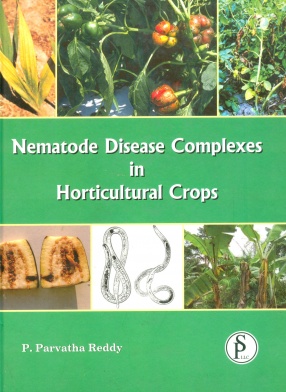
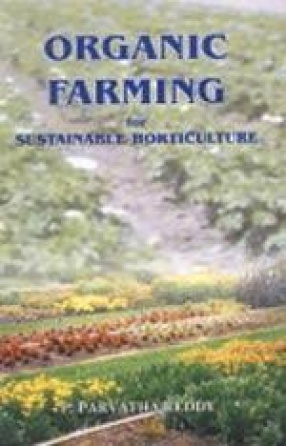
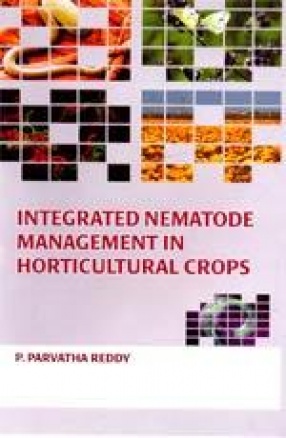
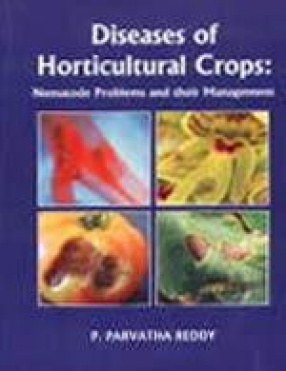
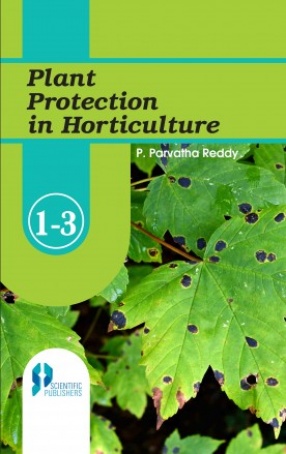





Bibliographic information